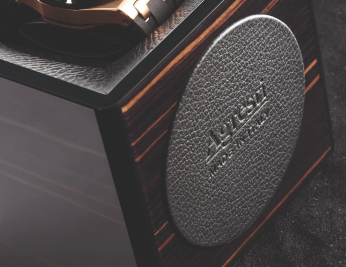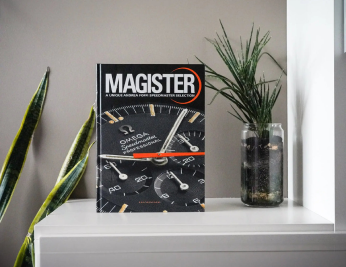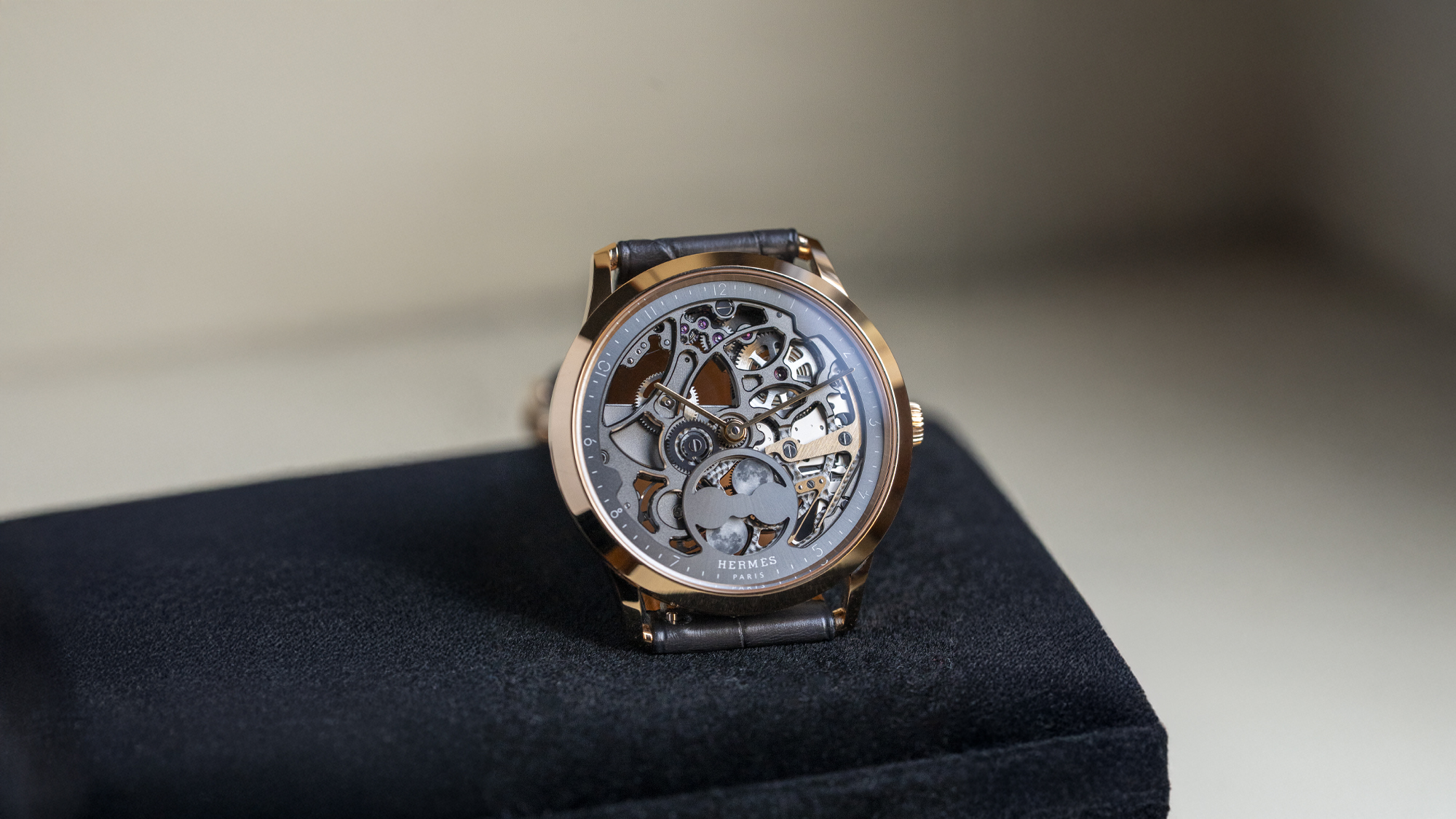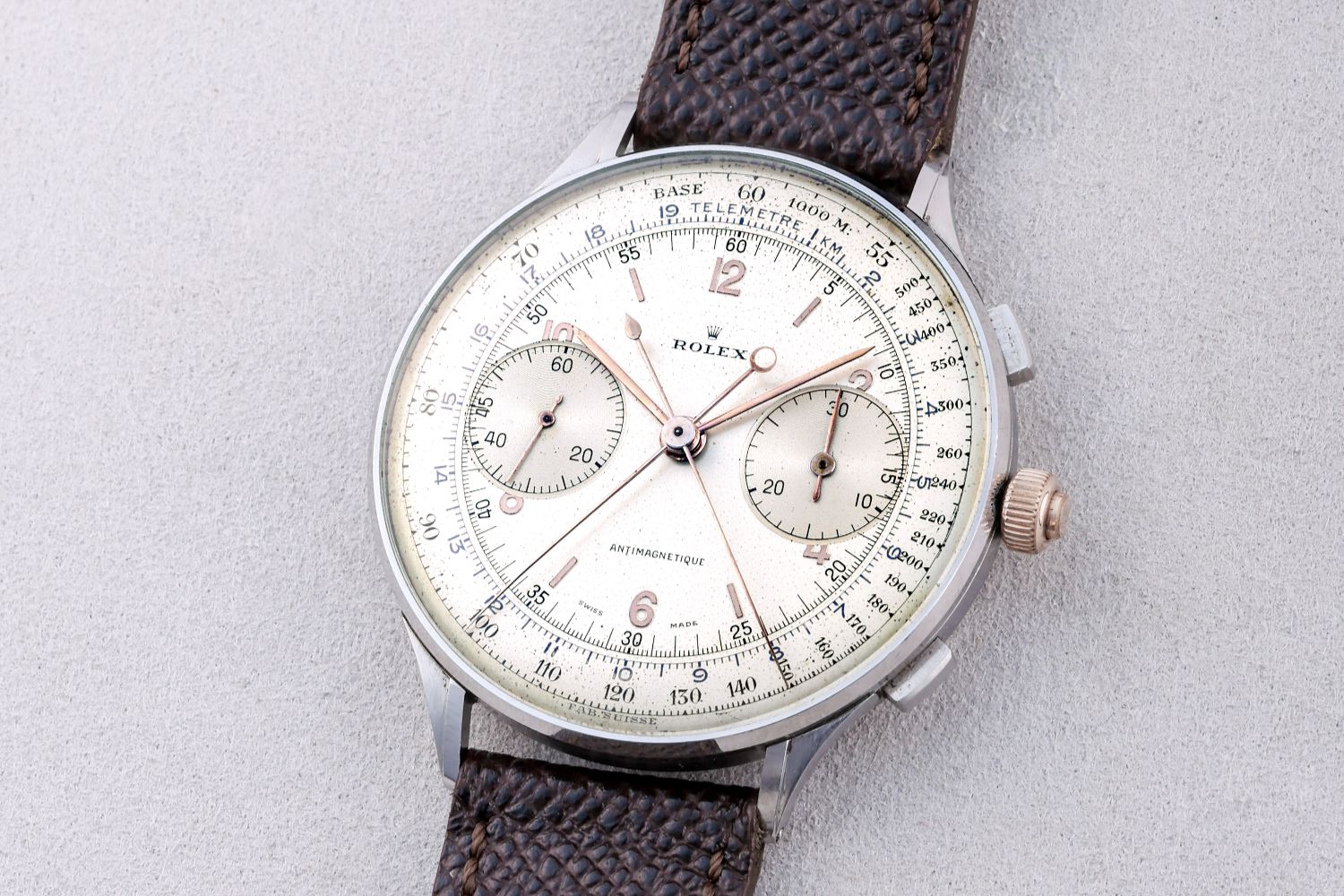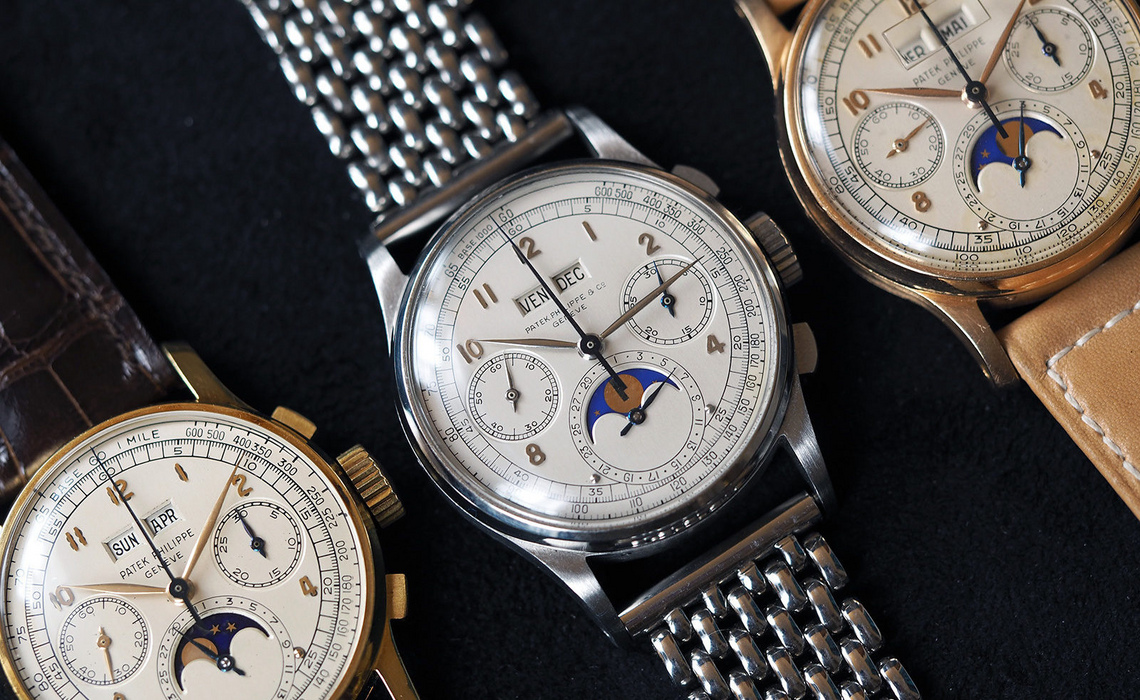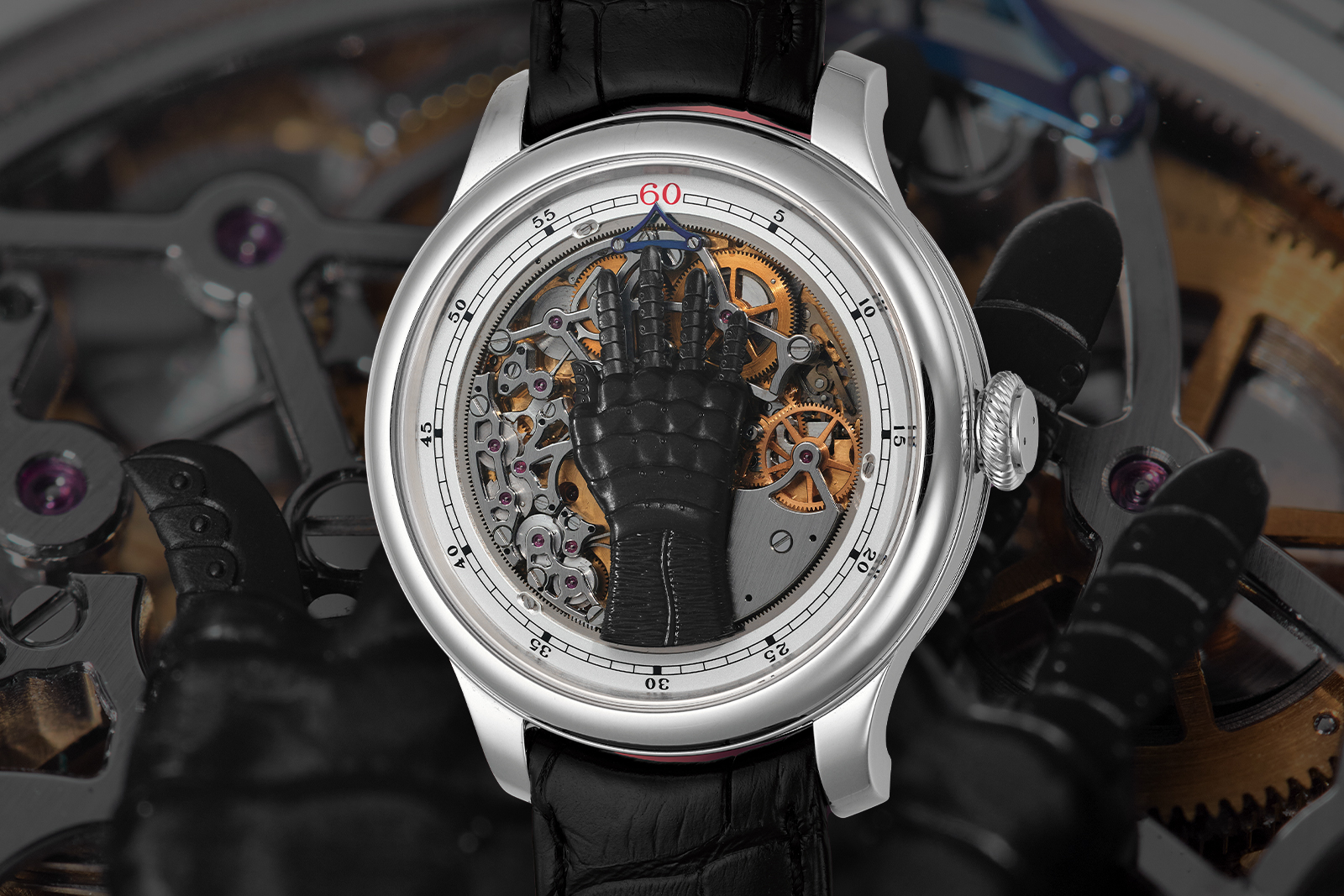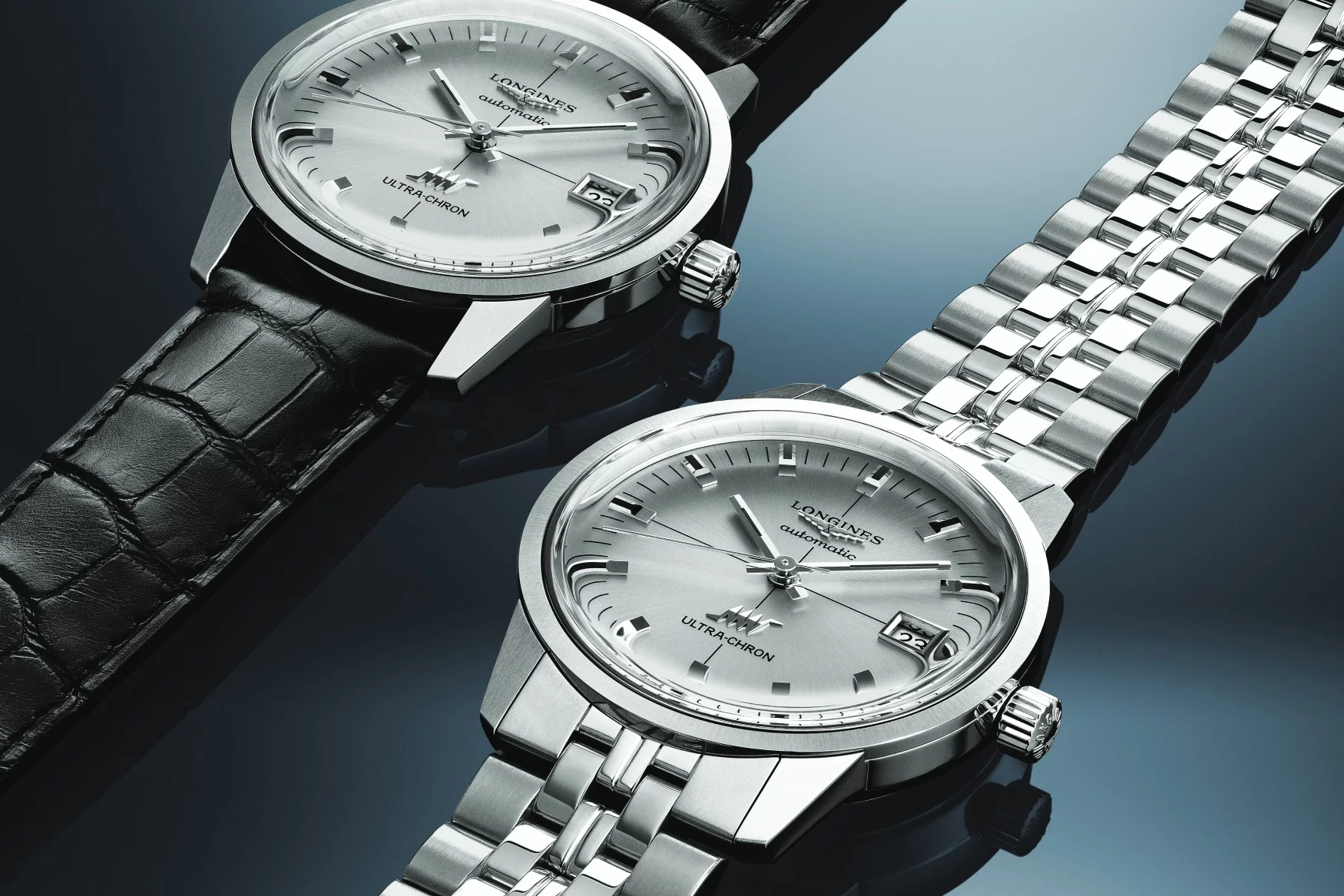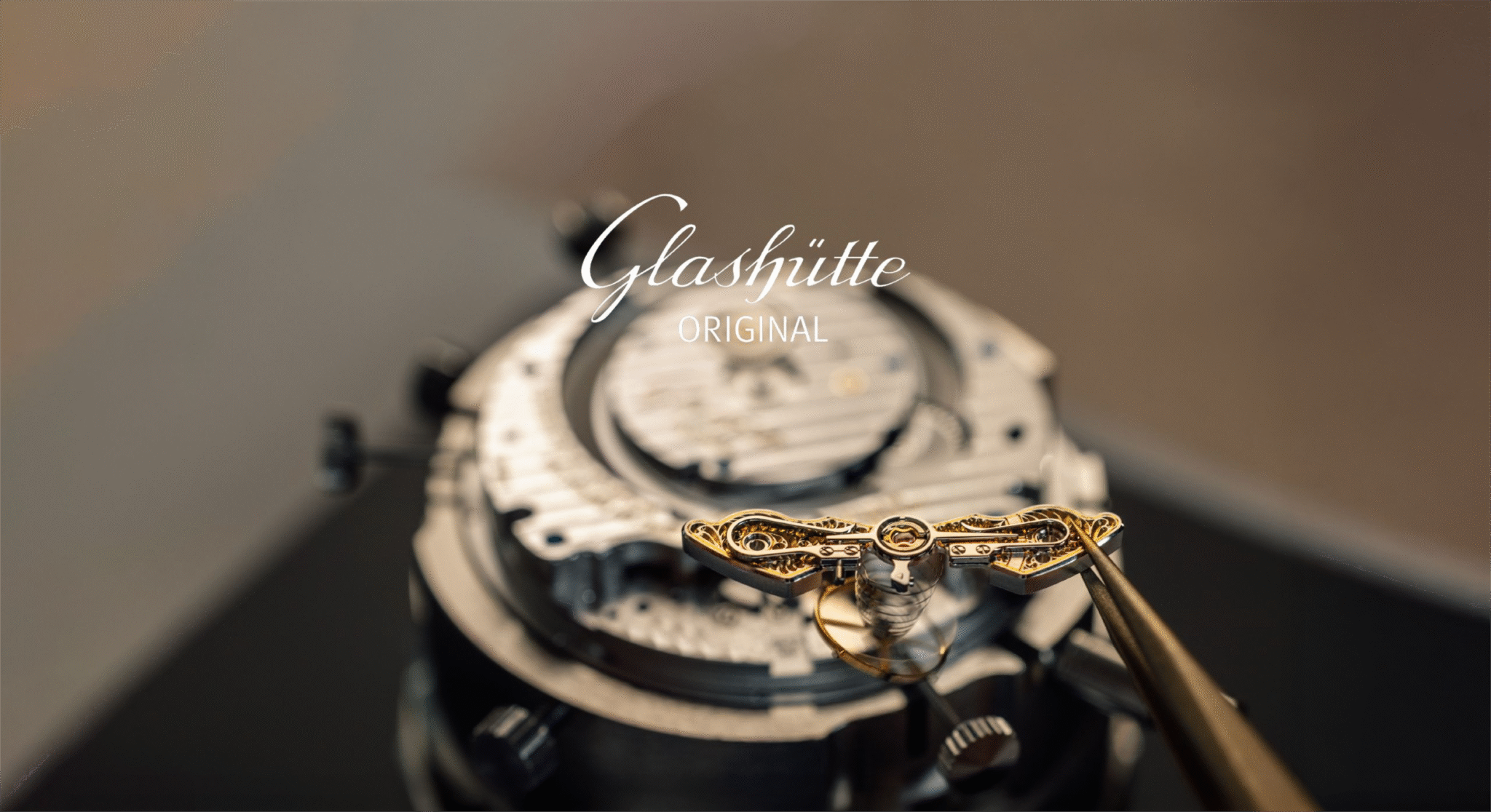Have you ever wondered just how many clasps and buckles there are for your watches’ bracelets and straps? Although often unnoticed, these mechanisms are very important features which can have a large influence on how your watch wears and looks. In fact, their dimensions and technical features can dictate just how the timepiece should be worn and the overall feel. For this reason, here at IWS, we’ve prepared a comprehensive guide to several different types of watch clasps and buckles, discussing how they work, wear and look.
The Deployant Clasp
We couldn’t not start this guide with anything other than the most popular watch clasp there is: the deployant clasp. The way it works is pretty straightforward: it is a simple system of small, curved metal plates and hinges, which allow the layers to fold over each other. The system is pressure-sensitive, which, once activated, locks the two sheets in place together, ensuring correct closure.

We mentioned earlier that this is the most popular watch clasp – but why? The answer: its versatility. It can be employed on both metal bracelets for elegant and sports watches, such as the Jubilee and Oyster, as well as traditional leather and non-leather straps, such as the Oysterflex – all of which have been listed are proprietary Rolex items.

Moreover, the deployant clasp can sometimes be equipped to offer the wearer the ability to make micro-adjustments to significantly adapt the wearability of the watch for many situations, ranging from everyday-wear adjustments to less conventional applications. For example, the Tudor Pelagos – one of the most technically advanced diver watches on the market right now – has a bracelet whose circumference can be millimetrically regulated to perfectly conform to the wearer’s wrist (without the need for any tools). Not only does this mean that you can slightly enlarge the bracelet in the summer to account for thermal expansion, but you can enlarge it so it can fit over a wetsuit if you are diving.

As desirable as this versatility and micro-adjustments may be, the deployant clasps do have its disadvantages. The main inconvenience of the deployant clasp is that its precisely engineered design and construction leads it to have quite large dimensions. This means that the thickness and the length of the clasp needs to be carefully considered by the person who would like to wear it, especially if they have slightly smaller wrists.
The “Hidden Folding” & “Butterfly Deployant” Clasp
Within the deployant clasp family, there are two noteworthy variations: the “hidden folding” and the “butterfly” deployant clasps.

The hidden folding deployant clasp operates on the same basic principle as the traditional deployant clasps, but it is able to hide the “large” metal block mechanism – hence the name. This type of clasp is normally much slimmer: so much so that, if it weren’t for the watch brand’s logo (which activates the aforementioned pressure-sensitive mechanism), you wouldn’t be able to tell where the bracelet joins. For this reason, it is normally found on more elegant bracelets, such as the iconic Rolex President bracelet, commonly found on the Day-Date.

The butterfly clasp is a popular variant of the deployant clasp, which, like the regular version, is a pressure-sensitive system. The peculiar feature of this clasp is that it almost involves two deployant clasps: which symmetrically fold into each other, meeting at a joint. When in operation (opening/closing) the curved metal sheets look like the wings of a butterfly.
Unlike the normal version, this mechanism uses two pushers at the sides of the joint. In a certain sense, you could say that this variant is the perfect middle ground between the traditional and hidden deployant: its operation can be useful for sports watches, but it too, hides the joint, making it a very refined and discreet mechanism. It comes as no surprise, then, to find out that this is the bracelet mechanism used on the Vacheron Constantin Overseas and the Audemars Piguet Royal Oak: two sports watches with undisputed elegance.

In terms of wearability, both the hidden folding and the butterfly deployant clasps can be worn by all different wrist sizes. Considering their inherent slimness, they can also be worn in a range of contexts. However, it should be noted that, at times, the butterfly mechanism can be slightly longer than the traditional one, and therefore less comfortable for smaller wrists.
The Pin Buckle
The pin buckle is a far different mechanism to the deployant clasps. This type of closure is formed by – as the name would suggest – a buckle and a pin, which are joined together (and to one half of the bracelet) through a pivot. On the other half, a series of holes feature along the bracelet material. By inserting the pin into these holes and looping the bracelet into the guidance bands, the bracelet is now closed securely.

The operating principle is pretty much like a belt for your trousers. So, as you may have guessed, this is a much simpler mechanism than the deployant clasps – so there are far fewer modifications that each watch manufacturer can make to their straps.
Nonetheless, the pin buckle can be found on both elegant leather straps and sporty synthetic ones alike (for example, a NATO fabric strap, or a rubber one). Furthermore, on some watches, the pin buckle can actually be combined with the deployant clasp. In this case, the buckle isn’t used to close the bracelet, but to fix the actual deployant mechanism to the bracelet/strap. One example that immediately comes to mind is Patek Philippe: they offer their iconic Calatrava Cross buckle on some of their most elegant watches.

In terms of wearability and comfort, the pin buckle can conform really well to all types of wrists thanks to its use of far less moving parts, making it much slimmer. However, it might be a little bit annoying if your wrist is actually a size between the holes: one may be slightly too tight, and the next one up a little too loose!
The Sliding Buckle
This mechanism is a very peculiar variation of the pin buckle. This system gets its name from the fact that, instead of a pin being inserted into a hole, the buckle can be slid along the bracelet and can clamp down on it at any point, closing it securely. One big advantage of this mechanism is that it overcomes the disadvantage of the pin buckle’s predetermined spacings, meaning that it can quite literally accommodate any and all wrist sizes. An example of a bracelet which uses this system is the Milanese mesh bracelet, which can be worn in both elegant and formal contexts.

Velcro Strap
One other completely unique watch closing mechanism – which has recently been made popular again thanks to Omega – is the Velcro strap. Indeed, a few years ago Omega introduced new NATO bracelets for the Omega Speedmaster Moonwatch collection, which have been made in collaboration with NASA. These special straps are different from the traditional NATO straps thanks to its closing mechanism and the fabric of it: Omega decided to use Velcro – a material which is rarely used on the watch world, especially when it comes to luxury timepieces.

The Special “Non-Closure” of the Bulgari Serpenti
A very special mention must go to the “non-closing” mechanism from the Bulgari Serpenti collection. The name of this line comes from the iconic design of the watch’s assembly: it sets itself apart from the crowd through the peculiarly-shaped bracelet, which, when joined to the case, looks a lot like the way a snake coils around a branch.
The bracelet of the Bulgari Serpent doesn’t actually need a closing mechanism per say, as the watch wraps around the wrist of the wearer, again, very much like a snake. Ever since their inception these ladies’ watches have established themselves as a true icon of elegance.

Final Remarks
Hopefully, by now you have understood that there are many different types of clasps for your watch bracelets and straps, each with their own degrees of wearability, versatility and comfort, as well as being aware of the mechanics behind each type. Also, hopefully you can now appreciate how these different types of clasp mechanisms can be swapped to slightly modify the style and appearance of a timepiece – without completely changing the character of the watch, though!
Translated and adapted by: Patrick Romano
Visit our Youtube Channel to live the world of watchmaking first person like you have never done before.
Follow us on Instagram not to miss the best from the world of watchmaking.

